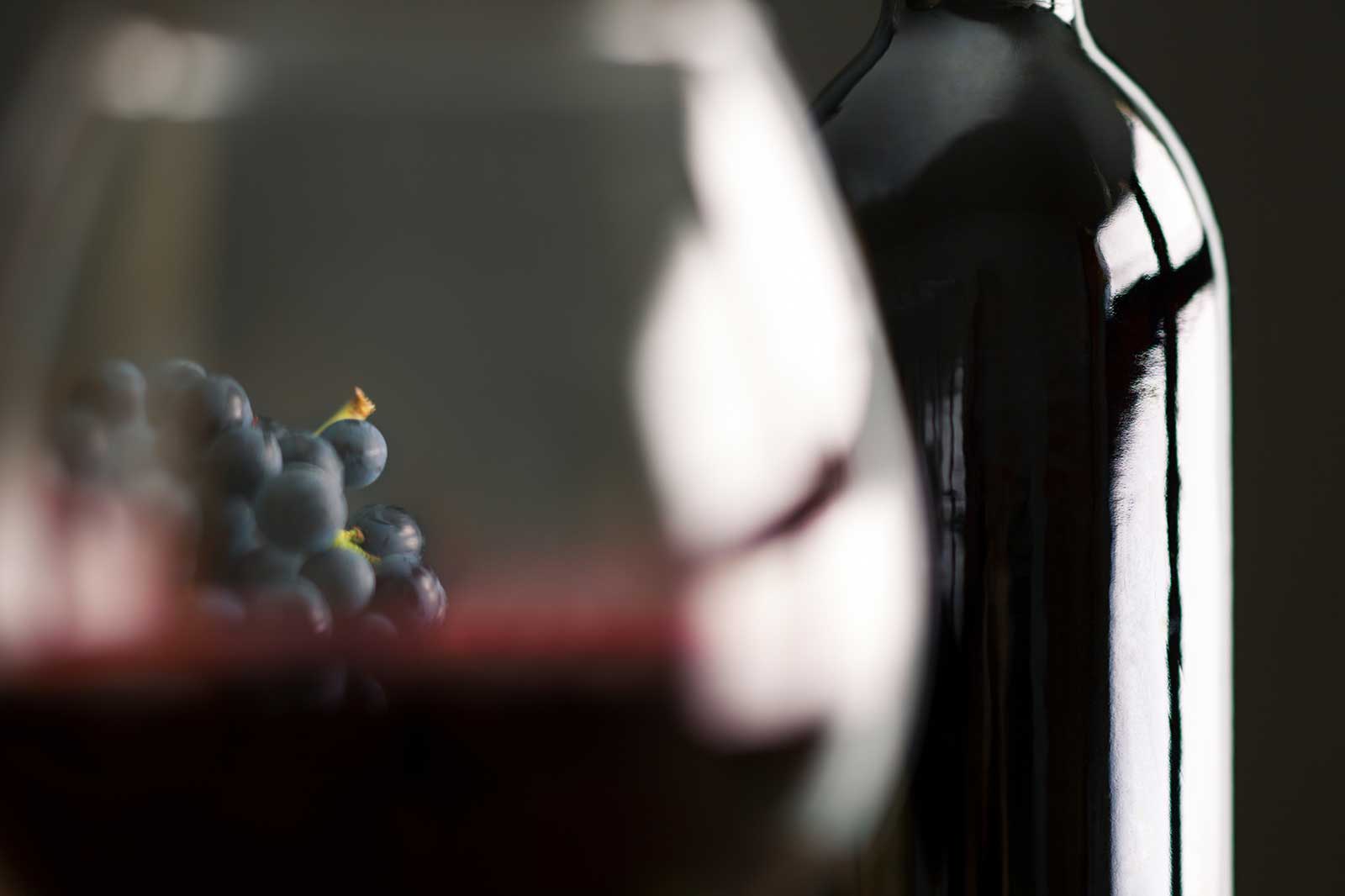CASTLE LABORDE
Cuvée 1628
Lalande de Pomerol rouge
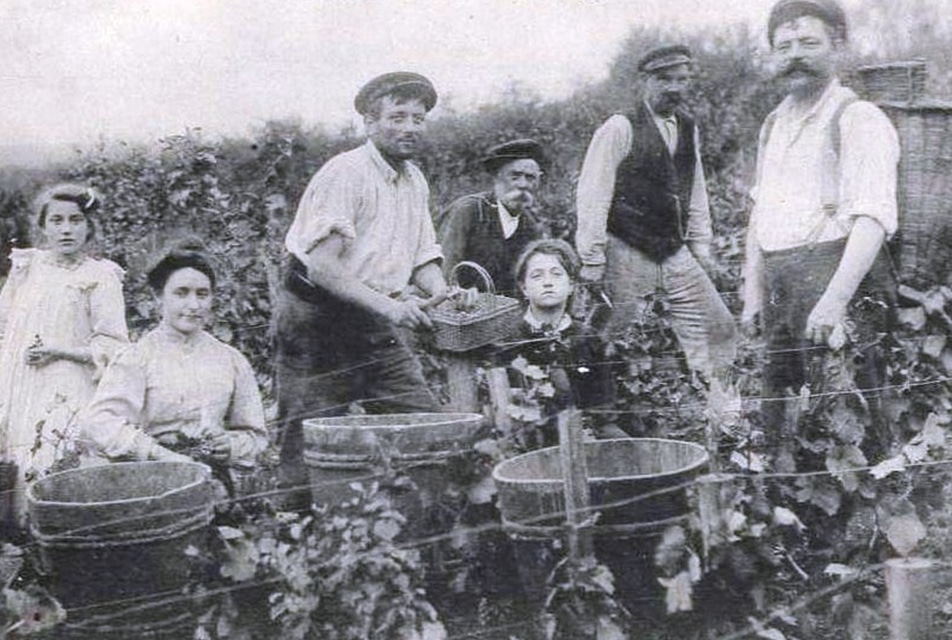
Located along the Route de Santiago (the Way of St. James), Château Laborde is situated in the vineyards of Lalande de Pomerol, close to those of Saint-Emilion and right next door to those of Pomerol. An area rich in history, the Knights Hospitaller, or the Order of Saint John, established both a preceptory and a vineyard here in the 12th century, in order to cater for both their religious offices as well as the needs of both pilgrims and Crusaders.
And it is their insignia, the eight-pointed white cross, that is now the emblem of the wines of Lalande de Pomerol.
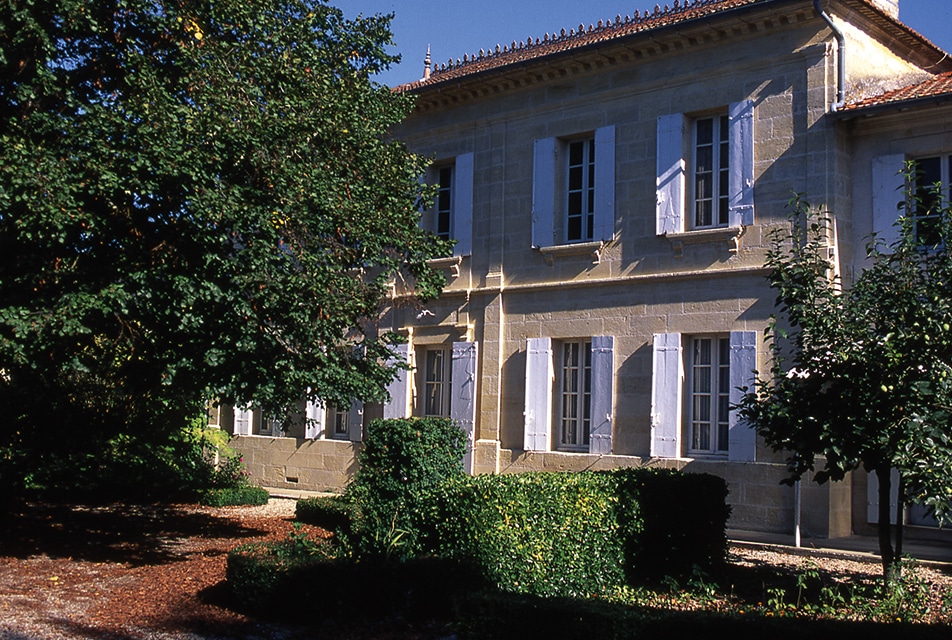
The history of the Trocard family starts nearly 400 years ago, in 1628. It was in this year that the family acquired its first vines in the vicinity of Libourne. For over fifteen generations, the men and women of the family have succeeded one another in the caretaking of the family properties, acquiring Château Laborde in 1730.
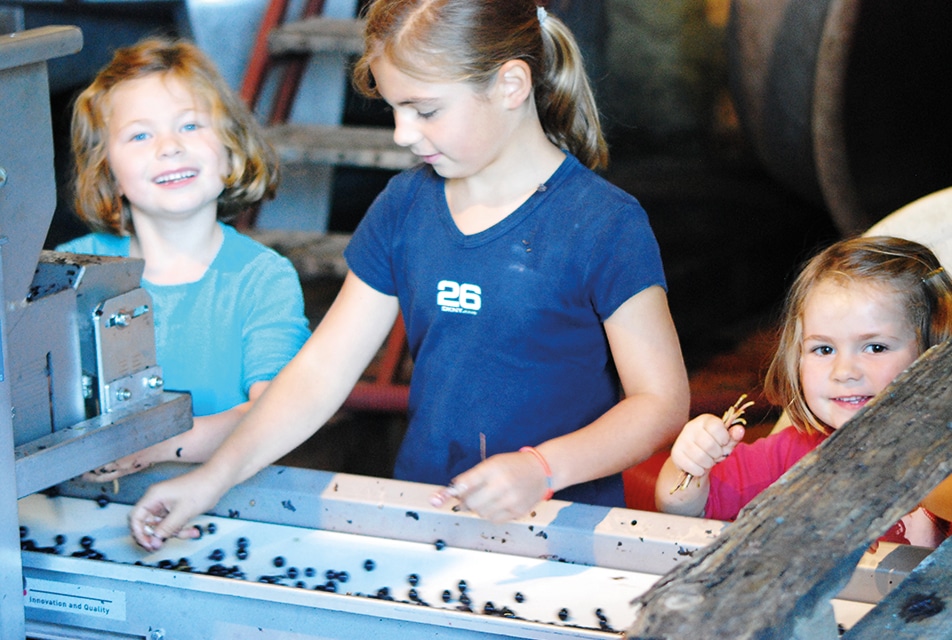
It is a rare property insofar as it has been handed down through the generations by the daughters of the family: Amélie Garde, Marie Bossuet, Elisabeth Goizet and Charlotte Trocard. It was only in 1974 that Charlotte’s son, Jean-Marie, inherited the château and under his guidance the vineyards grew from six to fifteen hectares. He was also president of the wine syndicate of Lalande de Pomerol from 1963 to 1990. In 1995 his son Jean took over the running of the property. But given that Jean has three daughters, the women of the family may yet take back the running of the property.
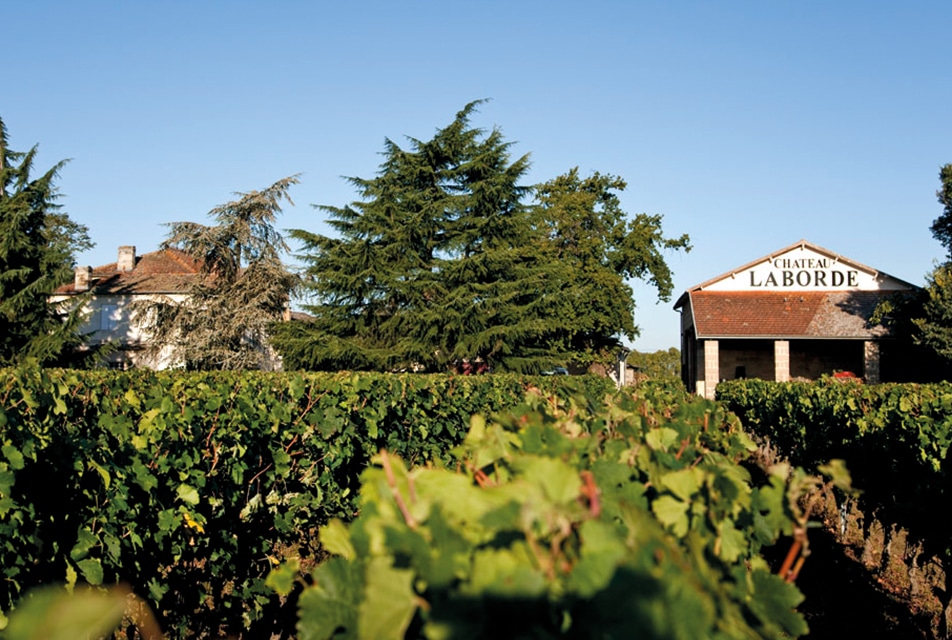
The 24 hectares of Château Laborde vines grow on a mixture of sand and gravel soils. The deep gravel sub-soil also contains the famous ‘crasse de fer’ (a very firm and stony blend of earth and metal with high content of iron-oxide) of this region. These soils do not produce powerful wines, but ones that are characterised by finesse and silkiness.
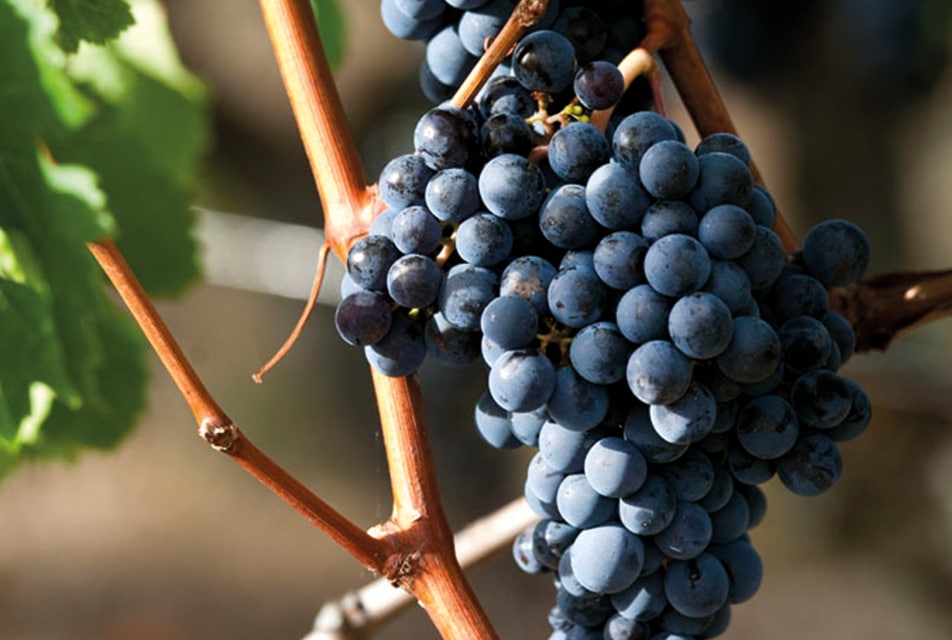
Merlot, the classic right-bank grape variety takes precedence in this wine, providing its classic velvety roundness to which we add a little Cabernet Sauvignon to bring a balancing acidity and to add to the aromatic complexity of the wine.
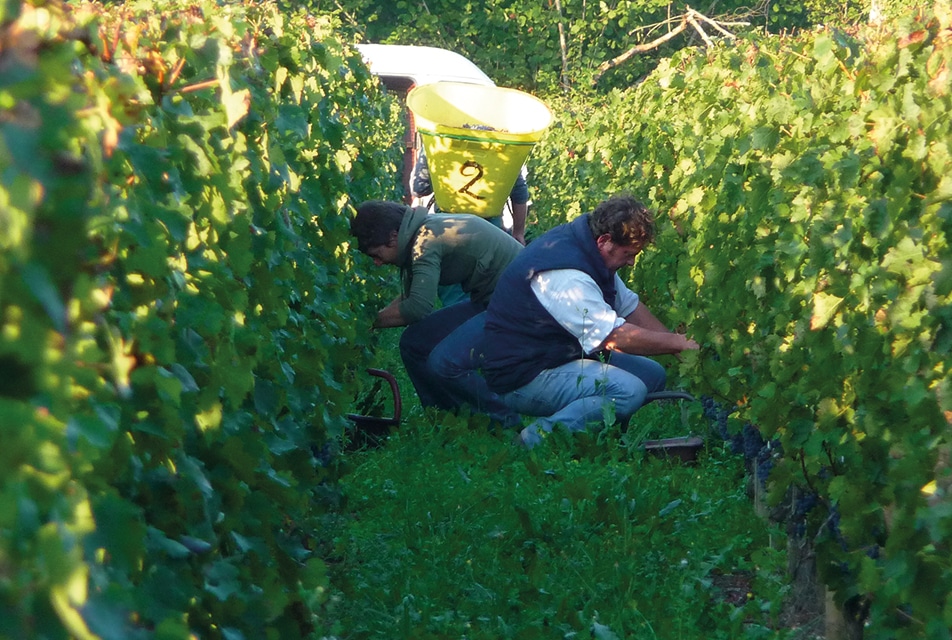
It is above all elegance, finesse and complexity that we aim to emphasise; to let the unique terroir express itself through the wines it produces. With his years of experience Jean Trocard takes the time to observe and listen to his vines, in order to act only when necessary; in these vineyards sustainable vineyard management is not just an empty phrase. This choice brings with it risks which we monitor and control through continued surveillance of pests, soil health and weather patterns.
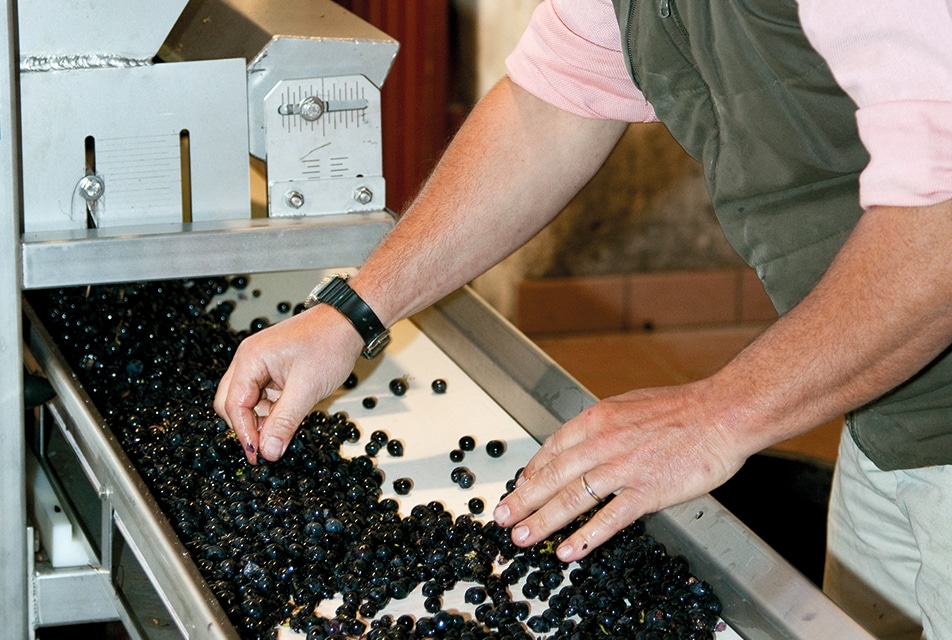
Our aim is to harvest the 24 hectares at full maturity, so time is of the essence and picking is both manual and mechanical, depending on the parcel. The grapes are manually sorted twice; firstly while still on the vine and then in the cellar after being destalked. So regardless of the picking method, the entire harvest is hand sorted and selected.
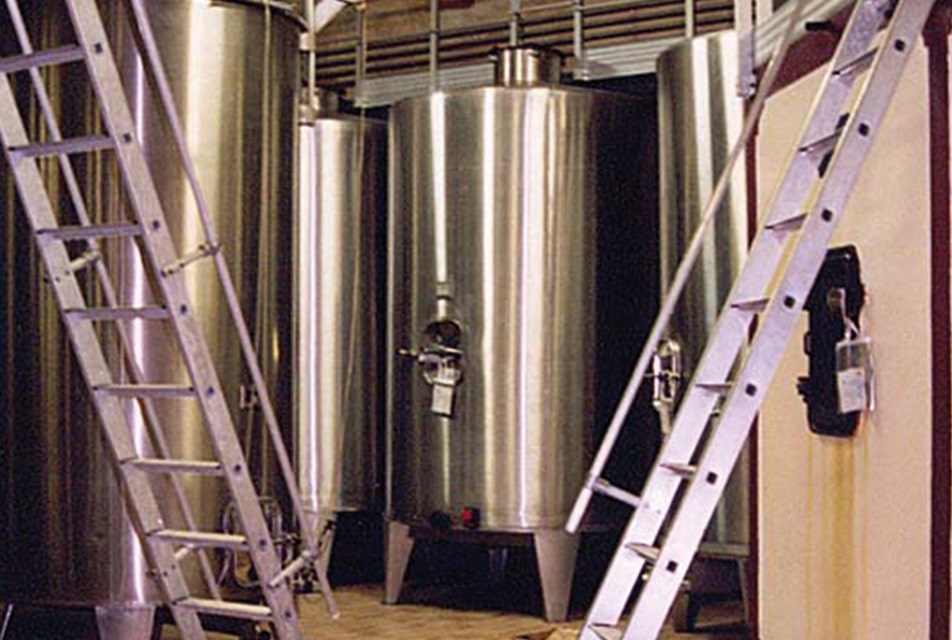
The individualised management of each parcel allows us to vinify each lot separately, ensuring a consistency in quality and characteristics. To this end, the tanks in the cellar have been adapted to permit the vinification of both small and large quantities; depending on the parcel of origin as well as the grape variety. While the wine is in tank, extraction is carefully managed, with daily tastings of each batch. Malolactic fermentation also takes place in tank in order to conserve the primary fruit aromas. Our objective is produce a wine with full, rich tannins, which remains true to its origins, and the terroir and climatic conditions which produced it.
.
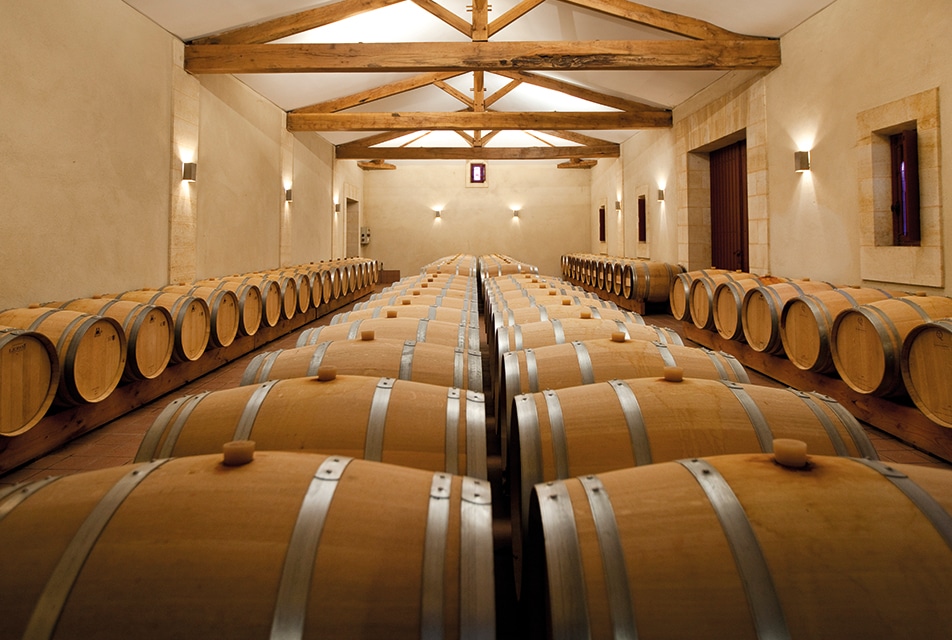
The wines are tasted once malolactic fermentation is finished and our Cuvée 1628 is blended from those wines particularly selected for their structure. The wine is then put into French oak barrels to be aged for between 12 and 15 months; in order to avoid the wine being dominated by the oak, only one-third of the barrels are new. Our objectives being to add complexity, round out the finish and equip the wine for long conservation. The second step is successive racking in order to naturally clarify the wines as their impurities gradually sediment, while at the same time preserving the rich, velvety character of the wine. And the final and most important step, the blending of the final cuvée; revealing the complexity of the terroir and the richness of the grape varieties. The Château Laborde Cuvée 1628 is a wine for keeping, which is best enjoyed five to ten years after bottling. Our regular cuvée is aged in a mix of stainless steel and two-year old oak barrels, in order to produce a wine that has rich, fruit-driven aromas and flavours.

If you want to recommend your favorite wine shop or a restaurant that might be interested in our wines, please let us know so that we can present them.
